 In the second half of the 19th century wealthy families patronized Fera’s Confectionery and Restaurant in Boston, which had earned a reputation for high quality pastries and candies throughout the East. The business was established ca. 1855 in the basement of the Temple Club on West Street, and after 1876 was located on Tremont across from the Common and near the Boston Theatre. [The trade card shown front and back in this post is probably from the 1880s.]
In the second half of the 19th century wealthy families patronized Fera’s Confectionery and Restaurant in Boston, which had earned a reputation for high quality pastries and candies throughout the East. The business was established ca. 1855 in the basement of the Temple Club on West Street, and after 1876 was located on Tremont across from the Common and near the Boston Theatre. [The trade card shown front and back in this post is probably from the 1880s.]
At Fera’s, patrons could enjoy dainty luncheons or after-theater suppers or could arrange to have the firm cater their next dinner party, complete with table ornaments. Women shoppers might stop there for lunch or bon bons after a visit to the shopping district where, in 1866 for instance, they could consult a clairvoyant or pick up such things as freckle lotion, a new perfume from Mexico called Opoponax, potted meat, or library slippers. Fera’s was especially popular with female patrons, as was always the case with confectioneries in the days when many other kinds of restaurants were considered off-limits to respectable women. [see 1866 advertisement below]
Respectability in eating places was not easily achieved then and it’s surprising that Fera’s was able to rescue its reputation from a scandal it was caught up in not long after opening. It was constantly in the newspapers in 1857 because of a sensational divorce case in which a husband alleged that his wife had committed an “adulterous act” in Fera’s. Although the defendant’s lawyer argued that no such occurrence took place since the restaurant was “a wide hall” that was “open all the way through” (i.e., not divided into small private rooms or boxes), the divorce was granted, branding the defendant as an adulteress and leaving in doubt what had occurred where.
Somehow Fera’s survived the scandal, as well as George Fera’s own marital breakup, fires, robberies, changes of address, and a couple of bankruptcies.
At the Tremont address Fera’s was divided into two sections with the restaurant occupying space behind the confectionery and separated by an arched doorway. After redecorating in 1887, the restaurant was painted in cream and gold, with lower walls in marble and upper walls hung with large mirrors. Electric lights were installed, producing a bright and glittering style that emulated a Paris café.
Like many Europeans in the culinary trades who came to this country, George Fera had traveled a prestigious career path before arriving on U.S. soil in his early 20s. Born in Lübeck, Germany, he compressed a lifetime into a few years. Starting out at a young age he had trained in confectionery in Paris, succeeding so well that he was appointed confectioner to the Czar of Russia in St. Petersburg, where he remained for a number of years. Upon his arrival in the United States, he went to work at a New Orleans hotel, moving from there to New York City where he was employed by the famed confectioner Henry Maillard. He was said to have made for Maillard’s the first caramels produced in this country.
George Fera retired around 1890 and his two sons, who had been working with him for years, took over. In 1892 Fera’s closed and the furnishings and equipment were auctioned, including in part: “30 marble-top saloon tables, 75 bentwood chairs, 5 nickel plated show cases, one show case with deck, one square [show case] with fancy chocolates, two large mirrors, candy jars, 50 doz. wine, cordial and hot water glasses, decanters, Eper[g]nes punch bowl, triple plated spoons, knives and forks, plated castors, water pitchers and cold water urn, 600 decorated French china plates, platters, compotes, pitchers, cups and saucers, &c., Jap. plates, fine lot candies, French wedding cake ornaments, fruits and marmalades in jars, costume crackers, candy machines, bon bons, ice cream apparatus, &c.”
© Jan Whitaker, 2008, revised 2015






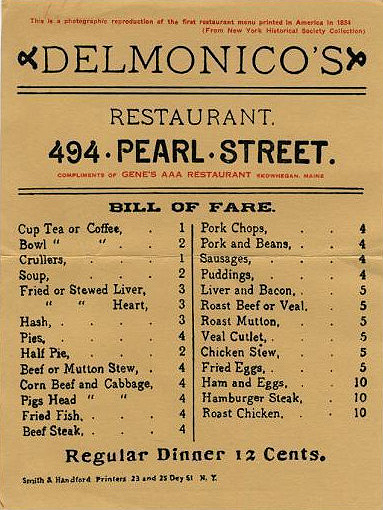




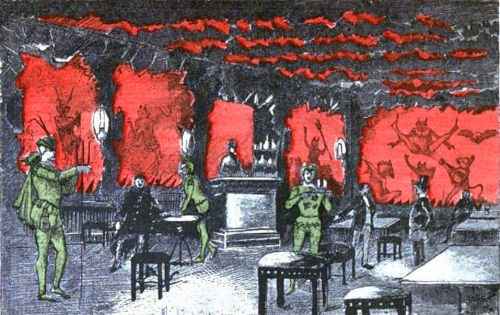
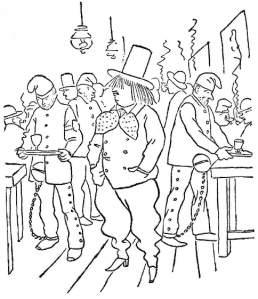
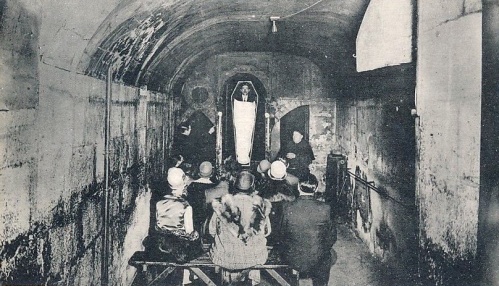

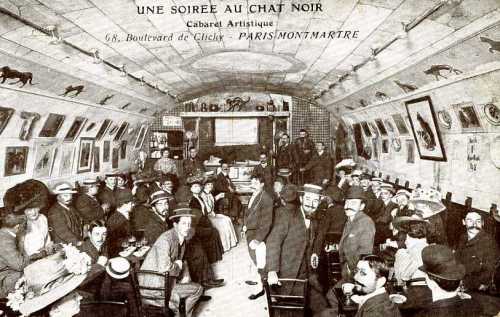











 It's great to hear from readers and I take time to answer queries. I can't always find what you are looking for, but I do appreciate getting thank yous no matter what the outcome.
It's great to hear from readers and I take time to answer queries. I can't always find what you are looking for, but I do appreciate getting thank yous no matter what the outcome.


